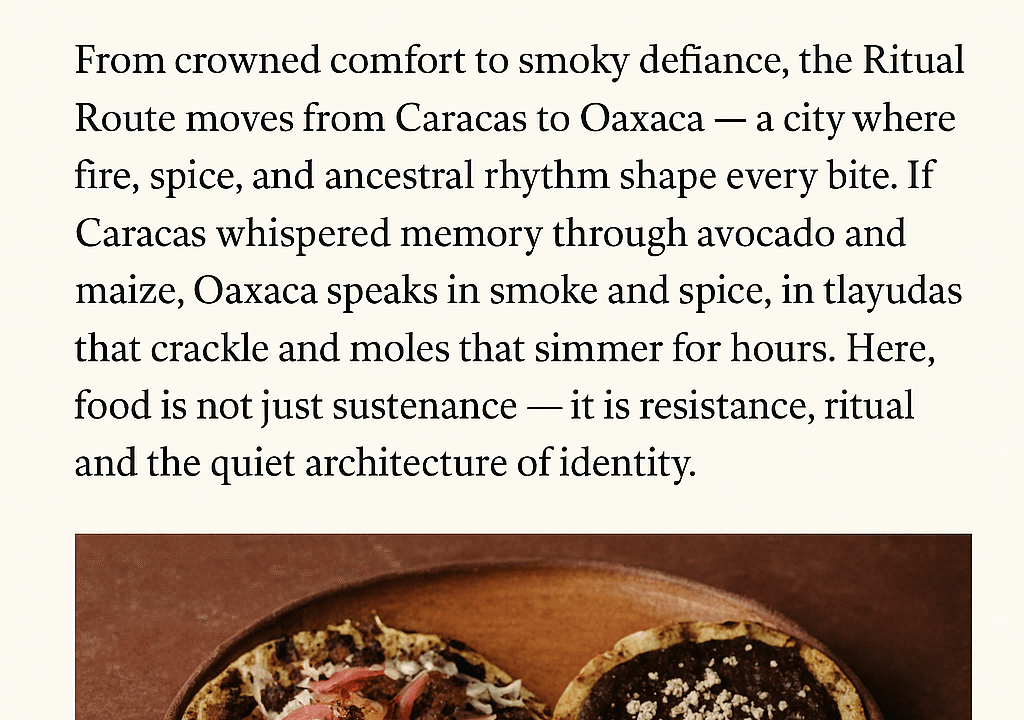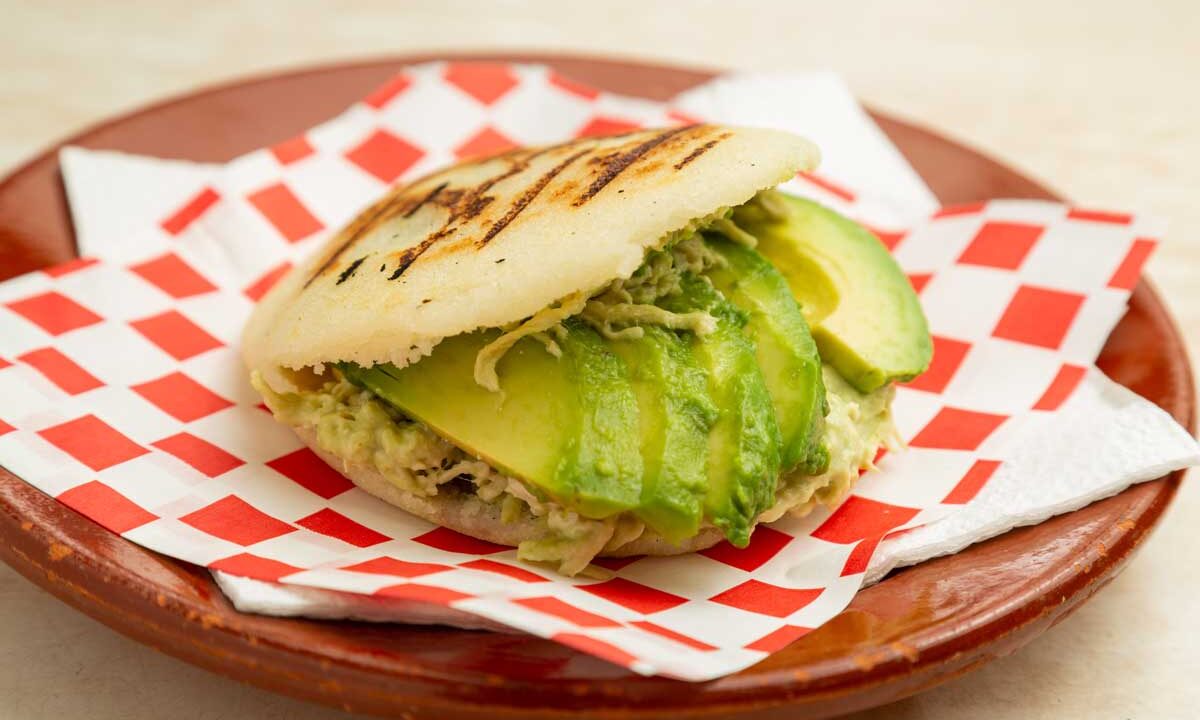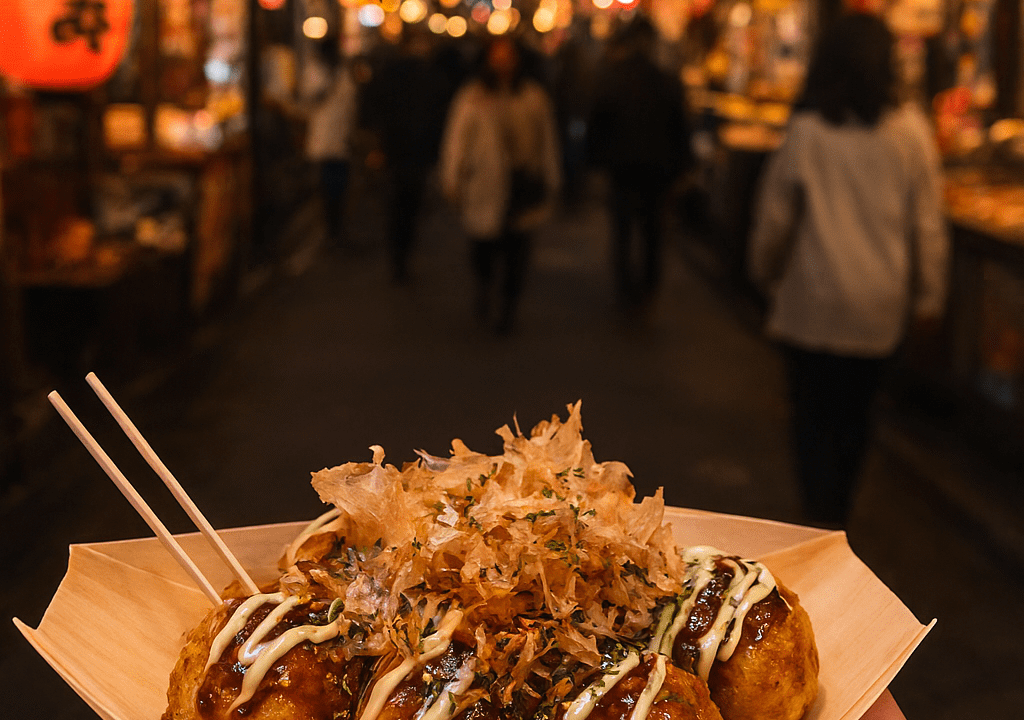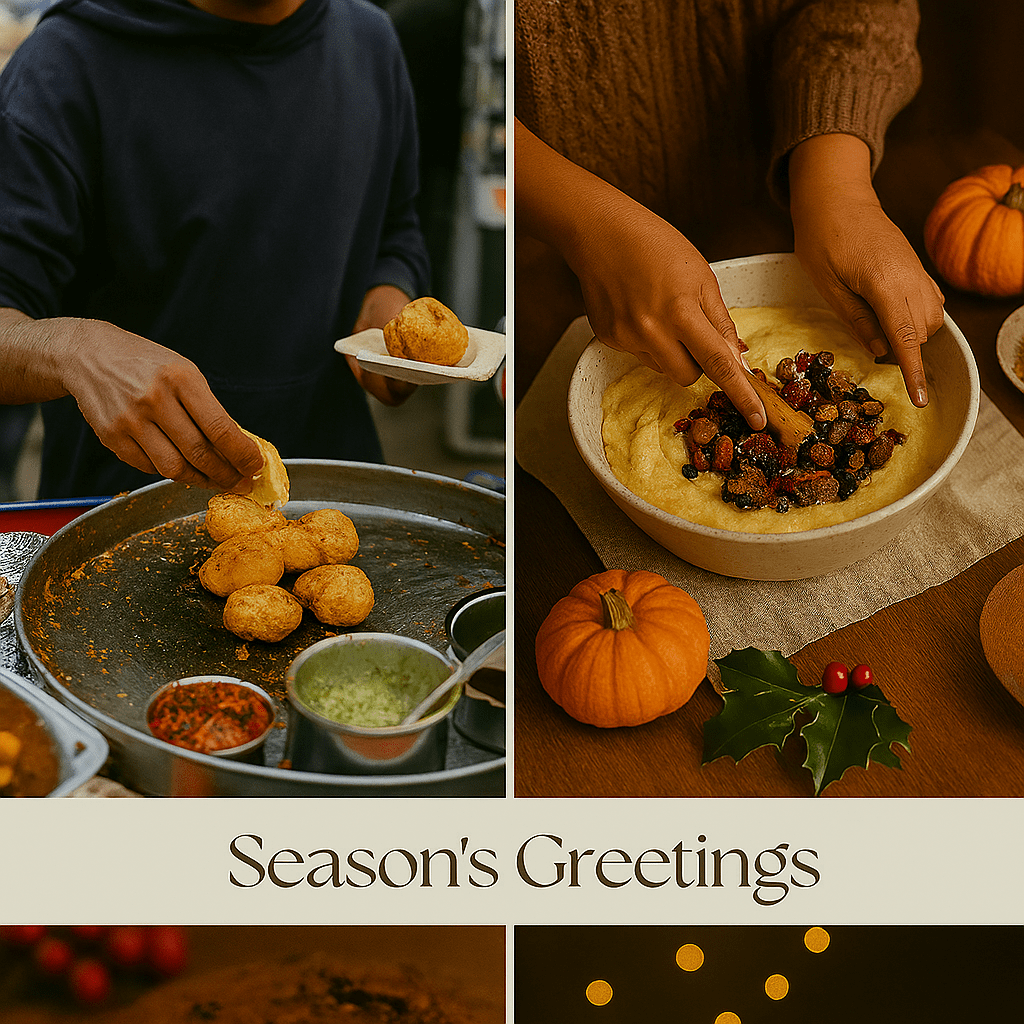Street Food Diaries — Season 2: The Ritual Route
Caracas and the Crowned Arepa
Caracas is a city where ritual and resilience meet in every bite. On its bustling streets, food is more than sustenance — it is memory, migration, and identity folded into maize. The Reina Pepiada, perhaps the most iconic of all arepas, captures this spirit perfectly.
Born in the Venezuelan capital during the 1950s, the dish was named after Susana Duijm, the first Miss World from the country. It’s filling — creamy avocado, shredded chicken, and a squeeze of lime — became a symbol of both elegance and everyday comfort. Vendors still press the dough, grill it golden, and split it open like a book waiting to be read. Inside: cream, crown, and the pulse of a city.
This crowned arepa is not just food; it is a story of queens and comfort, of glamour and grit. In the arc of Street Food Diaries — Season 2, Caracas becomes the opening beat of the Ritual Route, reminding us that ritual is not always solemn. Sometimes, it is celebratory, defiant, and delicious.
The Origins of the Arepa

The arepa is one of Venezuela’s oldest culinary traditions, with roots stretching back to pre‑Columbian times. Corn dough, fire, and ritual have always been at its heart. Families across the country still prepare arepas daily, shaping them by hand and cooking them on hot griddles.
To understand how this humble bread became a national symbol, the BBC Travel feature on the ancient origins of Venezuela’s arepa offers a fascinating deep dive into its history. It shows how the arepa has endured centuries of change, adapting to new fillings and contexts while remaining a constant in Venezuelan identity.
Caracas Street Food Culture
In Caracas, the Reina Pepiada is not just a dish but part of a wider street food culture where resilience and creativity thrive. From bustling markets to late‑night stalls, the city’s flavors mirror its energy and contradictions.
Street vendors serve arepas alongside empanadas, tequeños, and fresh juices, creating a rhythm of flavors that matches the city’s pace. For a broader perspective on how food shapes daily life, National Geographic’s exploration of Caracas street food captures the pulse of the capital’s culinary scene. It highlights how food becomes both survival and celebration in a city that never stops moving.
Sensory Notes — Cream, Crown, Caracas
- Cream: the softness of avocado, binding memory and migration.
- Crown: a nod to beauty, pride, and the city’s resilience.
- Caracas: chaotic yet comforting, where every bite is a reminder of identity.
The Reina Pepiada is a dish that speaks in textures and symbols. It is smooth yet hearty, glamorous yet grounded. Each bite carries the weight of history and the lightness of everyday joy.
The Ritual Route Connection
The Ritual Route is about more than food; it’s about how dishes become ceremonies. In Caracas, the Reina Pepiada is eaten standing, walking, or shared among friends — a ritual of everyday survival and joy.
Rituals Beyond Caracas
Every city on the Ritual Route carries its own rhythm, but Caracas sets the tone with its crowned arepa. From here, the journey flows outward — to the mountain silence of Yamagata, the smoky defiance of Oaxaca, and the glittering grit of Manila. Each stop is a reminder that food is never just flavor; it is ritual, memory, and the quiet architecture of belonging.
Trilogy Continuity
The Ritual Route doesn’t stand alone — it threads back into the journeys you’ve already taken. In Tokyo, smoky teriyaki skewers, sizzling takoyaki, and late‑night yakitori alleys revealed how everyday flavors pulse through the city’s neon rhythm. In Lisbon, the bifana and pastel de nata carried the weight of heritage and migration, anchoring the trilogy in Europe’s cobblestone streets. Linking these arcs to Caracas allows readers to see how each city contributes a distinct rhythm to the series.
- Tokyo Street Food Diaries — From Alfama to Akihabara
- Lisbon Street Food Diaries — Bifana & Pastel de Nata
Together, these stories form a living map of flavor and emotion, where Caracas opens Season 2 with celebration before the route winds toward Yamagata, Oaxaca, and Manila. Next stop: Oaxaca — where smoke becomes ritual.”









